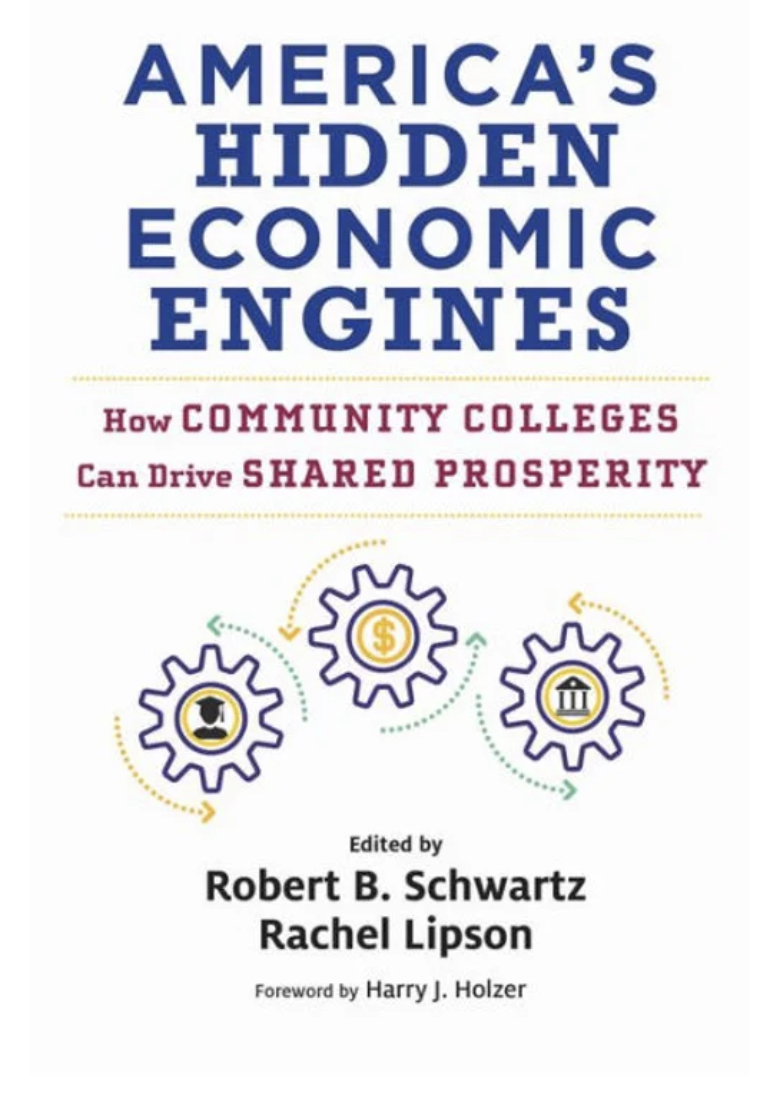Harvard University features MGCCC in new book on how community colleges drive economic growth
 Mississippi Gulf Coast Community College is profiled as one of five innovative institutions reimagining how best to meet employer, learner, and community needs in the 21st century.
Mississippi Gulf Coast Community College is profiled as one of five innovative institutions reimagining how best to meet employer, learner, and community needs in the 21st century.
This month, Harvard University’s Project on Workforce (HPoW) released a new book published by Harvard Education Press that features MGCCC as one of five exemplar community colleges contributing to regional economic growth and opportunity.
Through five case studies of community colleges from Mississippi to Ohio to Arizona, the book, “America’s Hidden Economic Engines: How Community Colleges Can Drive Shared Prosperity,” explores the ways in which forward-thinking community colleges are designing and implementing new solutions to both adapt to critical needs in the U.S. economy and create new pathways to opportunity for a diverse range of learners.
MGCCC is the leader in workforce training on the Mississippi Gulf Coast, partnering with 32 companies to provide training to more than 11,000 workforce training completers. With an additional 60 career and technical options available that lead to a credential or degree, MGCCC is the college choice for nearly 23,000 local students annually.
“It was such an honor to be included in this project. Gulf Coast has been in the workforce training business a long time, and we have an excellent track record for producing top-notch students and trainees,” said Dr. Mary S. Graham, MGCCC president. “The college remains committed and responsive to our industry partners, and we strive to find innovative ways to expand the economy through education and training.”
In addition to MGCCC, the four other colleges – Northern Virginia Community College, Lorain County Community College in Ohio, Pima Community College in Arizona, and San Jacinto Community College in Texas – each serve very different learner populations and meet different local workforce needs but have all implemented practices to both respond to the needs of their regional economy and foster new opportunities for equitable growth. Those promising practices, which are detailed in the book, include cultivating innovative and externally facing leadership teams, leaning in to attract businesses to their communities or help build and grow new ones, building flexible programs that meet workers where they are, and making career advising integral to all educational pathways, among others.
“The institutions profiled in the book demonstrate the profound potential of community colleges as drivers of regional economic growth that serve the populations who are too often left behind by so-called ‘traditional’ higher education. But too often, two-year institutions struggle with the need to be everything to everyone — without the resources to do so effectively,” said Robert Schwartz, senior advisor, HpoW, and co-editor of the book. “We hope the findings of the book serve as both an inspiration and a motivation to not just community college leaders seeking to accelerate regional economic growth — but also state leaders who recognize the critical importance of funding community colleges as engines of growth and prosperity.”
This project was started in 2021 under the leadership of Robert Schwartz and Rachel Lipson, cofounder and inaugural director of the Project on Workforce and co-editor of the book, along with support from case authors Hayley Glatter, Analisa Sorrells, Furman Haynes, Rachel Boroditsky, and Sakshee Chawla. Harvard’s Project on Workforce is a collaborative project between the Harvard Kennedy School’s Malcolm Wiener Center for Social Policy, the Harvard Business School Managing the Future of Work Project, and the Harvard Graduate School of Education.
Support for this project came from a private foundation and the Capital One Foundation. To learn more about the book or order copies, more information can be found here.
